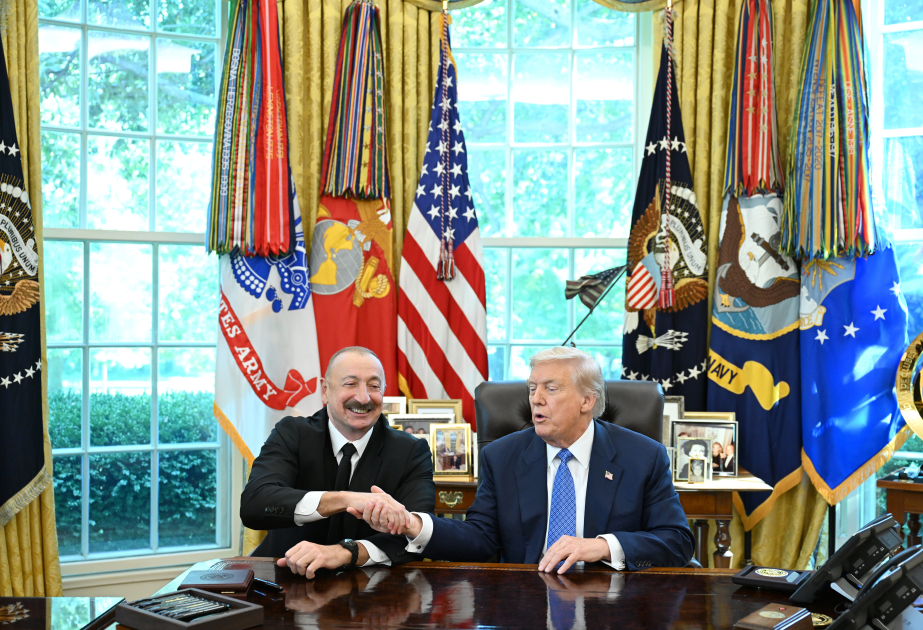In recent weeks, global markets have been rocked by a startling development in what is traditionally considered the safest financial asset in the world: U.S. Treasury bonds. A sharp and unprecedented surge in yields — with the 10-year Treasury yield rising by 42 basis points in just 24 hours — has sent tremors through an already jittery investment landscape.
This is not simply another case of market volatility. What we are witnessing is a convergence of forces that threaten the very foundation of global finance. At the center of it all lies an obscure but dangerous financial strategy known as the basis trade. And when combined with escalating trade wars and the ballooning U.S. national debt, the result is a systemic risk that policymakers can no longer afford to ignore.
The numbers alone tell a story of deep dysfunction. On a single Monday, the benchmark 10-year Treasury yield surged to 4.18%, its largest one-day jump since September 2022. The 30-year yield followed suit with a 21-basis-point rise — its sharpest since the early pandemic panic. This isn’t a technical glitch or a fleeting investor overreaction; it is the market’s warning signal that something deeper is amiss.
Equity markets are simultaneously suffering under the weight of risk-off sentiment, with the S&P 500 extending losses. Yet the traditional refuge of U.S. Treasuries is no longer behaving like a safe haven. Bond prices are collapsing just when investors need them most — a deeply troubling development for global asset allocators.
Basis Trades and U.S. Debt Dilemmas
Behind this turmoil lies a complex and highly leveraged trading strategy: the basis trade. Hedge funds engage in this practice by exploiting price differences between Treasury futures and the actual cash bonds. They short the futures while going long on the bonds, profiting from the typical price premium of the futures contract.
On paper, it appears to be a near-riskless arbitrage. In reality, it is anything but.
The key to the trade’s profitability is leverage — often as high as 50 to 100 times the fund’s capital. Current estimates suggest that over $1 trillion is tied up in basis trade positions, far exceeding pre-pandemic levels. When market conditions are calm, this strategy hums quietly in the background. But in times of stress — like the present — rising yields and tightening liquidity can trigger cascading margin calls. The result is a vicious cycle of forced selling and rising volatility in the very market that underpins global finance.
What makes this crisis particularly acute today is the renewed threat of global trade wars. With the United States hardening its stance against China and floating new tariffs against European allies, geopolitical tensions are translating into financial uncertainty.
Central banks — historically among the largest holders of U.S. Treasuries — are increasingly cautious. Tariff-driven instability undermines confidence in U.S. economic policy and the predictability of interest rates. As these institutions reduce their holdings, demand for Treasuries weakens just as leveraged hedge funds are being forced to dump theirs.
This creates a “double shock”: fewer buyers and more desperate sellers. In this way, basis trades and the trade war are not isolated risks, but interconnected elements of a broader fragility. As tariff rhetoric escalates, bond volatility surges, and the market loses key participants, amplifying the potential for a liquidity crisis.
Compounding these risks is the sheer scale of U.S. federal debt, which recently surpassed $36 trillion. As yields rise, the government’s cost of borrowing increases significantly. Even small increases in long-term interest rates can translate into hundreds of billions of dollars in additional debt servicing costs over time.
This fiscal vulnerability reduces flexibility. The Treasury must issue more bonds to fund deficits, but at steeper interest costs. At the same time, a shrinking pool of foreign buyers — due to geopolitical tensions and diminishing confidence — forces reliance on domestic investors or even the Federal Reserve. That places the central bank in a difficult position: step in to stabilize markets and risk stoking inflation, or stand back and let yields rise to potentially destabilizing levels.
A Disturbing Echo of March 2020
Many seasoned market observers are drawing parallels to March 2020, when the sudden unwinding of basis trades nearly broke the Treasury market. Back then, only aggressive emergency action by the Federal Reserve — including trillions in liquidity injections — prevented a full-scale collapse.
But today, the Fed is constrained. With inflation still uncomfortably high, its tools for intervention are limited. The same scale of monetary support deployed in 2020 could prove politically and economically dangerous now.
Key indicators such as repo spreads and swap spreads are already flashing warning signs of stress. Analysts at Brookings Institution and other think tanks have cautioned about the systemic risk posed by over-leveraged Treasury strategies. Yet, contingency planning remains inadequate.
This is more than a market correction — it is a structural risk event in the making. The U.S. Treasury market is the foundation of global financial stability. Every major institution, from central banks to pension funds, relies on its liquidity and reliability. A breakdown would ripple across asset classes, regions, and sectors.
If investors begin fleeing Treasuries instead of fleeing to them, we may witness a feedback loop of collapsing prices and evaporating liquidity — the nightmare scenario for regulators and central banks.
The rise in yields is not merely a sign of economic strength or inflationary pressure; it is a canary in the coal mine. It warns of a system under stress from leverage, geopolitical fragmentation, and unsustainable fiscal practices.
There is still time to act — but not much. Regulators must increase transparency around basis trades and stress-test key institutions for Treasury market exposure. Policymakers must recognize the interconnected risks of financial leverage, trade policy, and public debt. And central banks must prepare crisis plans that balance market stability with inflation control.

Mr. Qaiser Nawab is a global peace activist, is a distinguished international expert specializing in the Belt and Road Initiative (BRI), Afghanistan, Central Asia and founder of the Belt and Road Initiative for Sustainable Development (BRISD), a newly established global think-tank headquartered in Islamabad, in conjunction with the one-decade celebration of BRI.
Mr. Qaiser Nawab, a global peace activist, is a distinguished international expert specializing in the Belt and Road Initiative (BRI), Afghanistan, Central Asia and founder of the Belt and Road Initiative for Sustainable Development (BRISD), a newly established global think-tank headquartered in Islamabad, in conjunction with the one-decade celebration of BRI.














